Each analysis of Red Tea is a moment of decoding life itself.
The Red Tea Flavor Wheel is a map of emotions — a shared language that connects tea drinkers, brewers, producers, and product developers when describing the distinctive flavors of Red Tea.
It is an advanced tool that allows us to name sensory layers that are often difficult to express in words.
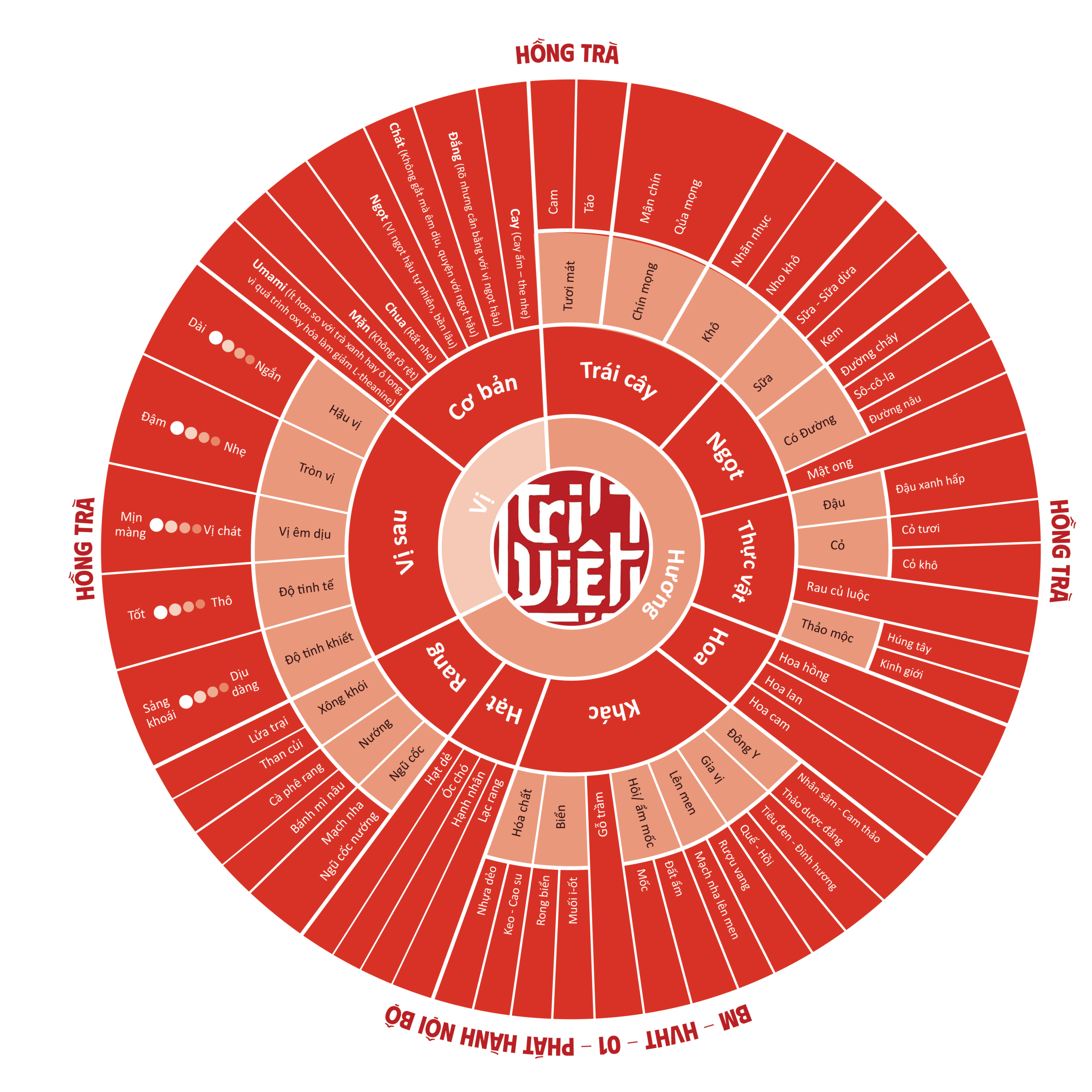
1. The Red Tea Flavor Wheel
The flavor wheel illustrates the full spectrum of aromas and tastes that a Red Tea can present.
Its structure is divided into three layers:
▫️ Inner Layer: Major flavor groups
(e.g. Base, Fruity, Sweet, Vegetal, Floral, Complex, Roast, Aftertaste).
▫️ Middle Layer: More specific subgroups
(e.g. Citrus, Malt, Fresh Grass, Spices…).
▫️ Outer Layer: Detailed tasting notes
(e.g. Orange, Dried Mango, Chrysanthemum, Brown Sugar…).
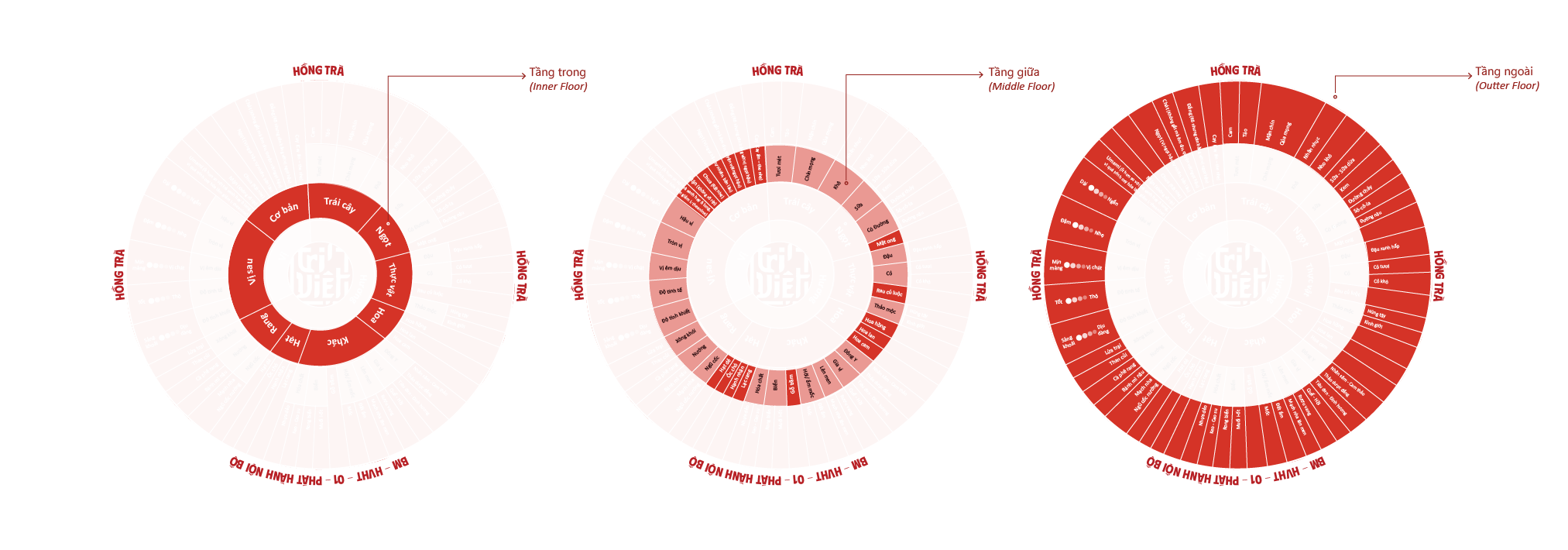
2. Principles for Using the Flavor Wheel
▫️ Read from the inside out: Start with the main category → move to subcategory → then to specific notes.
▫️ Perceive in layers: From dry leaf aroma → warm aroma → steaming infusion → aftertaste.
▫️ Taste by stage: Recognize how the flavor develops across the front (initial), body (mid), and finish (aftertaste) of the sip.
▫️ Describe specifically: Instead of saying “this tea smells nice,” say “this tea has honey aroma, rich body, and a long sweet finish.”
Regular practice with the wheel sharpens sensory awareness for professionals and helps tea drinkers choose teas that match their personal palate.
2. Principles for Using the Flavor Wheel
▫️ Read from the inside out: Start with the main category → move to subcategory → then to specific notes.
▫️ Perceive in layers: From dry leaf aroma → warm aroma → steaming infusion → aftertaste.
▫️ Taste by stage: Recognize how the flavor develops across the front (initial), body (mid), and finish (aftertaste) of the sip.
▫️ Describe specifically: Instead of saying “this tea smells nice,” say “this tea has honey aroma, rich body, and a long sweet finish.”
Regular practice with the wheel sharpens sensory awareness for professionals and helps tea drinkers choose teas that match their personal palate.
. Main Aroma Groups in Red Tea
🍃 Fruity Notes
Vivid and lively — often found in premium or well-crafted Red Teas.
Common notes: orange, apple, longan, dried mango, ripe plum, raisin.
They evoke the natural sweetness and warmth of ripened autumn fruit.
🍃 Sweet Notes
Accessible and comforting.
Includes honey, burnt sugar, milk powder, caramel, milk chocolate.
These notes create a creamy, rounded mouthfeel that makes Red Tea friendly and pleasant to drink.
🍃 Vegetal Notes
Reflecting the origin and freshness of the raw material, often found in lighter or gently processed Red Teas.
Notes of fresh grass, steamed mung beans, hay, or tender sprouts help balance the sweetness and convey a sense of purity and natural cleanliness.
🍃 Floral Notes
Elegant and delicate.
Common impressions include jasmine, orange blossom, chrysanthemum, orchid, osmanthus — bringing emotional depth and a sense of calm.
Floral aromas appear most clearly when the tea is brewed at moderate temperatures or as it cools.
🍃 Complex / Other Notes
These arise from post-processing techniques — malt, roasted grains, soft smoke, pollen, light wood, or spices such as cinnamon.
They contribute depth, craftsmanship, and unique character to each Red Tea, reflecting artisanal skill and precise heat control.
4. Taste & Aftertaste
🔸 Basic Taste Profile
Red Tea may express primary tastes such as sweet, mildly astringent, slightly bitter, lightly spicy, or umami-salty.
The body of the tea determines its character:
▫️ Full-bodied teas: Rounded, deep, and persistent finish.
▫️ Light teas: Clear and crisp, with distinct highlights.
▫️ Faintly bitter teas: Provide structural balance and lift to the flavor.
🔸 Aftertaste (Finish)
The lingering impression after swallowing — long, gentle, refreshing, and pure.
A cup with a smooth and extended aftertaste is a hallmark of high-quality Red Tea — well-oxidized, well-fired, and carefully stored.
5. Flavor Levels by Technique and Taste Preference
▫️ Light Level: Fresh fruit, jasmine, light milk — gentle and uplifting.
▫️ Medium Level: Brown sugar, honey, light roasted grain — warm, round, balanced.
▫️ Deep Level: Dark chocolate, smoke, burnt caramel — rich, thick, and resonant finish.
6. How to Use the Flavor Wheel When Tasting Red Tea
▫️ Smell the dry leaf: Identify the base aromas (often floral, grassy, or sweet).
▫️ Smell during infusion: The first volatile notes arise (citrus, honey, mild smoke…).
▫️ Taste: Observe how the flavor evolves through front – body – finish.
▫️ Compare: Use the flavor wheel to find precise terms that describe your sensory experience.


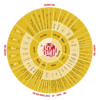
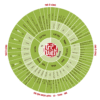
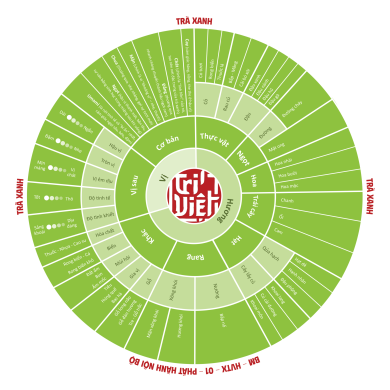
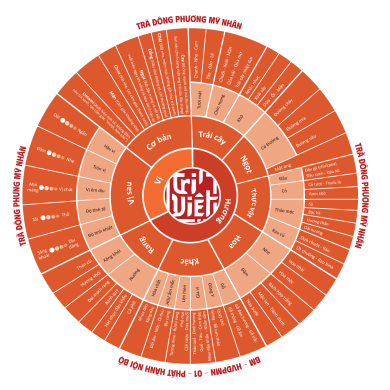
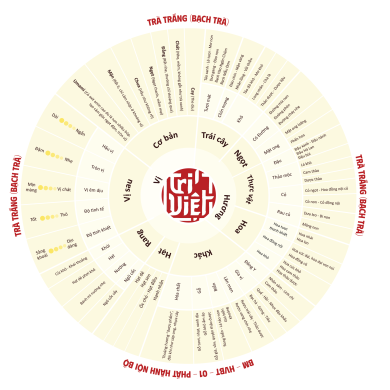
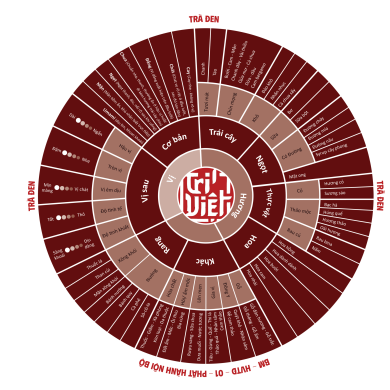
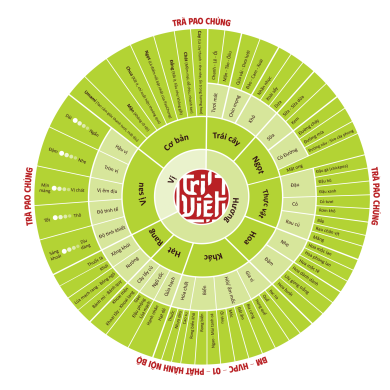
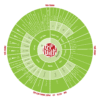
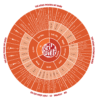
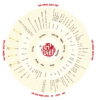
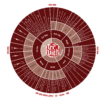
Add comment